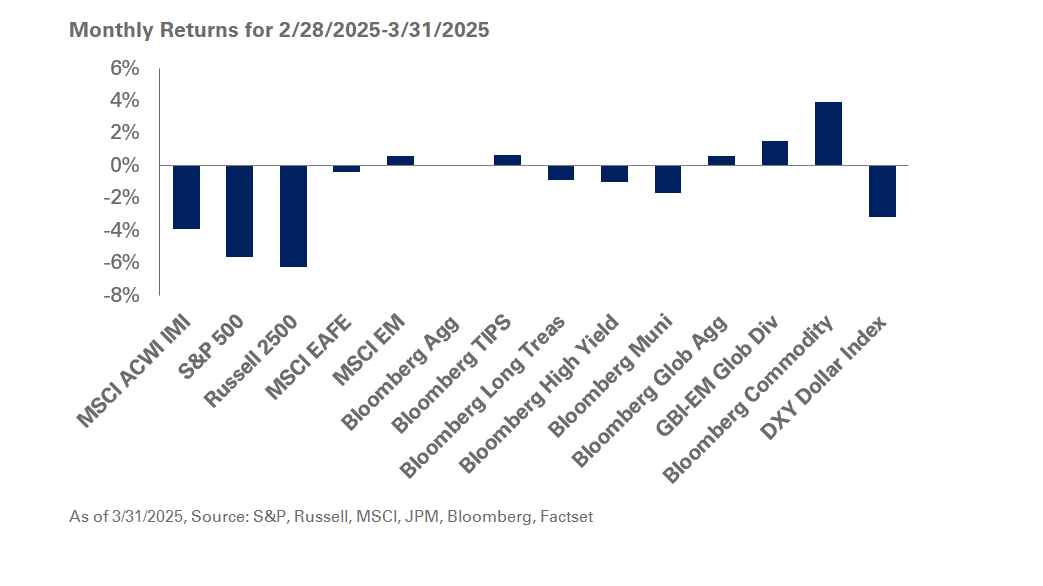NEPC examines the potential effects of China’s plan to raise 1 trillion yuan—or $138 billion—in long-term bonds to invigorate its economy. We turn to Jennifer Appel, CFA, Senior Investment Director, Asset Allocation, to understand the implications of this debt issuance for investment portfolios.
1.What prompted this move by the Chinese government?
Chinese policymakers are attempting to stimulate the economy through funding aimed at supporting strategic initiatives. The bond issuance reinforces the government’s commitment to achieving a 5% growth rate this year, even as the economy battles weak consumer sentiment stemming from concerns over the real estate sector and ongoing geopolitical tensions.
Further, currency and equity market volatility in China have dampened investor interest in riskier Chinese assets, while bond yields have fallen, underscoring a flight-to-quality and preference for stability. Given these market dynamics, the government is likely looking to secure cheap long-term financing for strategic projects.
2. How do we expect this to impact the Chinese economy?
The effects of the bond issuance will take time to cascade through the economy and will be determined by where the bond proceeds are deployed. That said, the scale of the bond issuance is relatively small when compared to the size of the economy: one trillion yuan represents about 1% of China’s GDP.
Despite its size, the announcement was received favorably by markets as it was perceived as a sign that the government is amenable to providing additional fiscal support.
3. There are concerns around a credit and real estate bubble in China. Does this add fuel to those concerns?
At the aggregate level, China’s debt-to-GDP ratio of ~280% is only modestly elevated relative to other large economies. However, certain sections of the economy—including property developers and local governments—remain more concerning as they are burdened with outsized debt loads relative to revenues. So far this year, borrowing restrictions from the top-down have resulted in a more muted pace of local government bond issuance, presenting a headwind for growth.
The one trillion yuan bond issuance will leverage the central government’s balance sheet: it represents ~3% of the roughly 30 trillion yuan in outstanding central government debt. The existing leverage on the central government balance sheet may help ease the burden on local governments.
4. Does this have a meaningful impact on China’s weight in market indexes?
No. Chinese assets represent a relatively small part of global capital markets and we do not believe the announced bond issuance will have a meaningful impact on the country’s weight in global indexes.
The most direct impact will be within emerging market debt; however, China’s weight within most diversified local currency debt indexes already meets the maximum level.
5. What is NEPC’s recommendation on Chinese debt and equity?
We continue to believe that investing in China offers an attractive total return opportunity and diversification benefits to a portfolio. We prefer equity relative to debt given the potential return upside associated with equity, and the relatively attractive equity and currency valuations at present.
That said, we expect volatility to persist amid continued geopolitical tensions and diverging macroeconomic conditions with the U.S., but we believe investors will be adequately compensated for the volatility profile over the long term.



